Media | Articles
For the Owners of This 1931 Midget, Charm Tops Speed
Let’s pretend we’re in Southwest England, watching a couple enjoy a ride in the countryside in a 1931 MG Midget. As they travel into the Cotswolds beyond Bath, they putter along peacefully, at a leisurely speed that allows for plenty of sightseeing and interaction with travelers on foot. On occasion, they stop and offer a ride in the diminutive back seat of their car to a pedestrian.
Although the couple’s attire and their automobile suggest that the calendar has been turned back some 90 years, these photos were taken in May of 2024. The couple is Ken and Melody Klemmer, and here they are standing in Farmington Hills, Michigan, outside their home, styled after a historic English cottage. (Their MG is named Edwin, because the Klemmers name their automobiles. That’s true love!)

The Klemmers are enthusiastic Anglophiles who have owned more than a few English automobiles. They currently own two: A Midget D-Type, a four-seater, and a Midget M-Type, the original, two-seat car. Like many other lovers of MGs, Ken read The Red Car—the story of Hap Adams and his love for an MG TC, written in 1954—at an early age and fell head over heels for those sporty little cars that were so unlike the machines most Americans drove in the 1950s—or in the 1930s.

The first weekend in September, Ken and Melody will drive the roads of Greenfield Village in Dearborn, Michigan as part of the annual Old Car Festival. Greenfield Village’s beautiful collection of historical homes and artifacts is part of the Henry Ford Museum complex and was created by Henry Ford to recall and honor the past. Every fall, the village welcomes car owners and their automobiles to an antique car show, the longest running event of its kind in the United States. The Klemmers never miss Old Car Festival. When they attended last year, they drove their MG Midget M-Type. This year they will drive the D-Type. “It’s like Christmas and my birthday, rolled into one,” says Ken.
The Klemmers love to dabble in the world of long ago; Ken is a renowned historical expert and architect who consults on the restoration of historically significant buildings. Their automobile is itself an important part of motoring’s past. Bearing serial number DO252, it is the second of 250 Type Ds that MG built after unveiling the model in October 1931 at the Olympia Motor Show in England. When s/n DO252 left the factory in Abingdon on Thames, it was black with a green interior. On November 21, 1931, it became the property of 18-year-old Eton student Ralph Hope, nephew to Neville Chamberlain.
Marketplace
Buy and sell classics with confidence
Like his uncle, whose tenure as England’s prime minister was less than successful, Ralph and his MG experienced hard times. Theirs came in the form of a serious road accident in Scotland that resulted in the MG being returned to the factory for a rebuild. Whether Ralph required reconstruction is uncertain, but car and driver rebounded well enough to compete in the MG Car Club Chiltern Trials in 1933. Fate would not be kind to Ralph: He learned to fly, became an RAF pilot, and was shot down in the Battle of Britain.
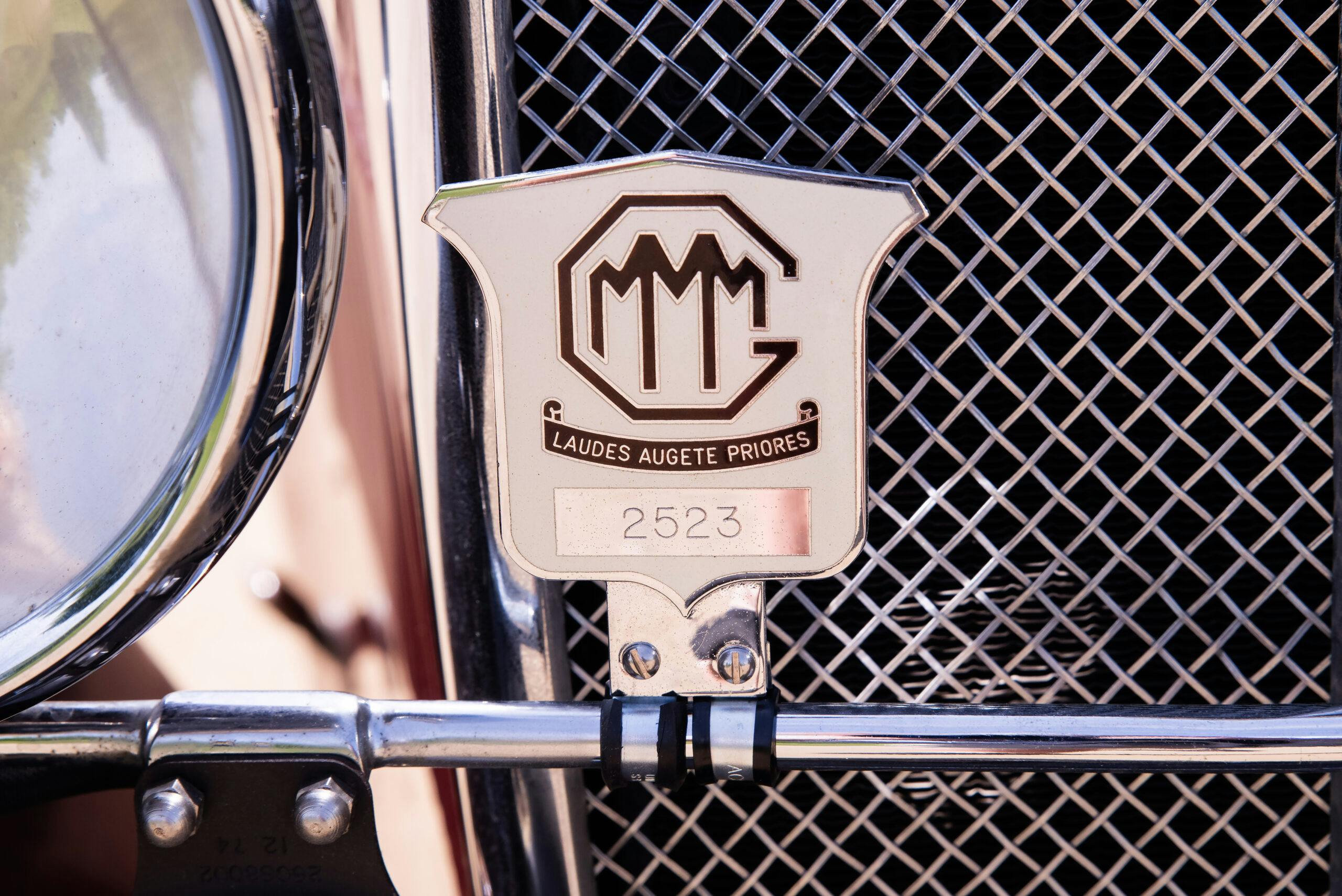
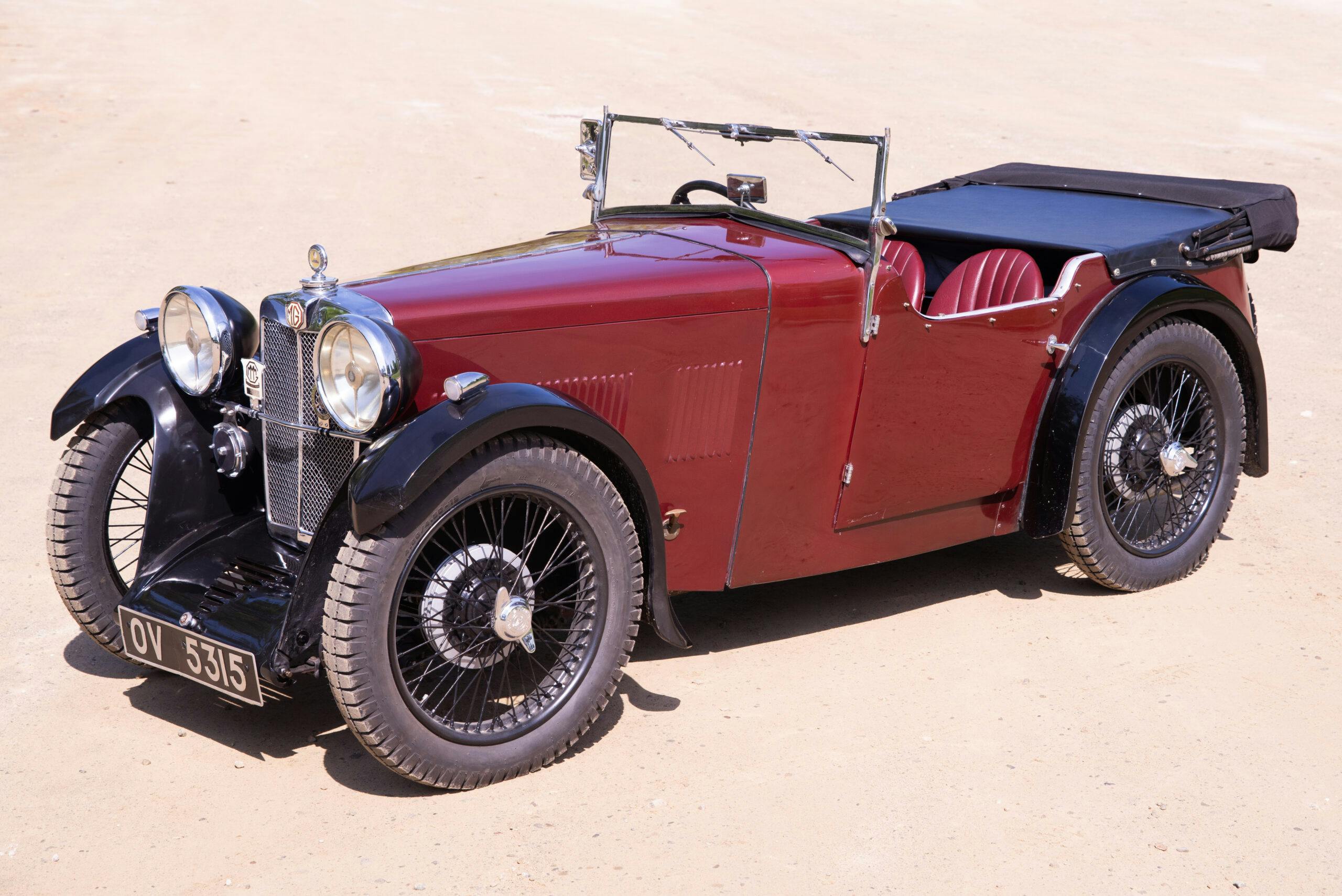

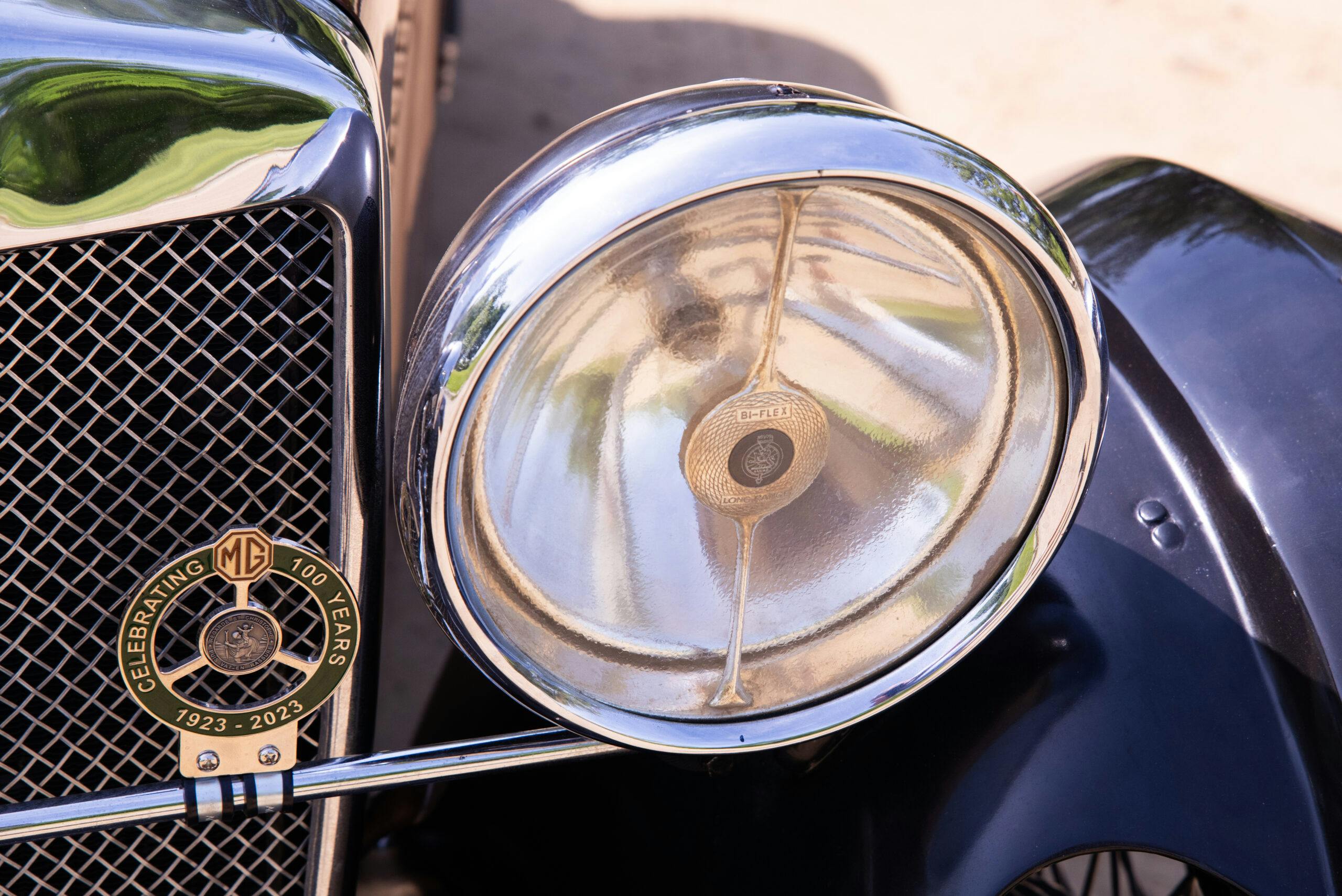
Ken Klemmer acquired this special Midget D-Type in 2023 and was able to trace much of its history through a study of original factory records that were fortuitously saved at some point during MG’s tumultuous history. From those records Ken determined that after Ralph Hope perished in the war, his MG became the property of a Welshman in 1949. From there, the trail turns a bit fuzzy, but the car resurfaces in 1969 Berlin, where it was purchased by Maine Porter and taken to America. It was restored in the 1980s and painted in its current colors by Bud Conn. A British ex-pat named Mike Goodwin acquired the MG in 2007 and showed it in Florida. The Klemmers acquired the car in September of 2023.
While the original production volume of D-Types was quite low, at 250, the cars are even less common than that number might suggest, as many were converted to C-Types. The C-Type was the competition version of the Midget, built on the same chassis as the four-seat D-Type and the rarest.
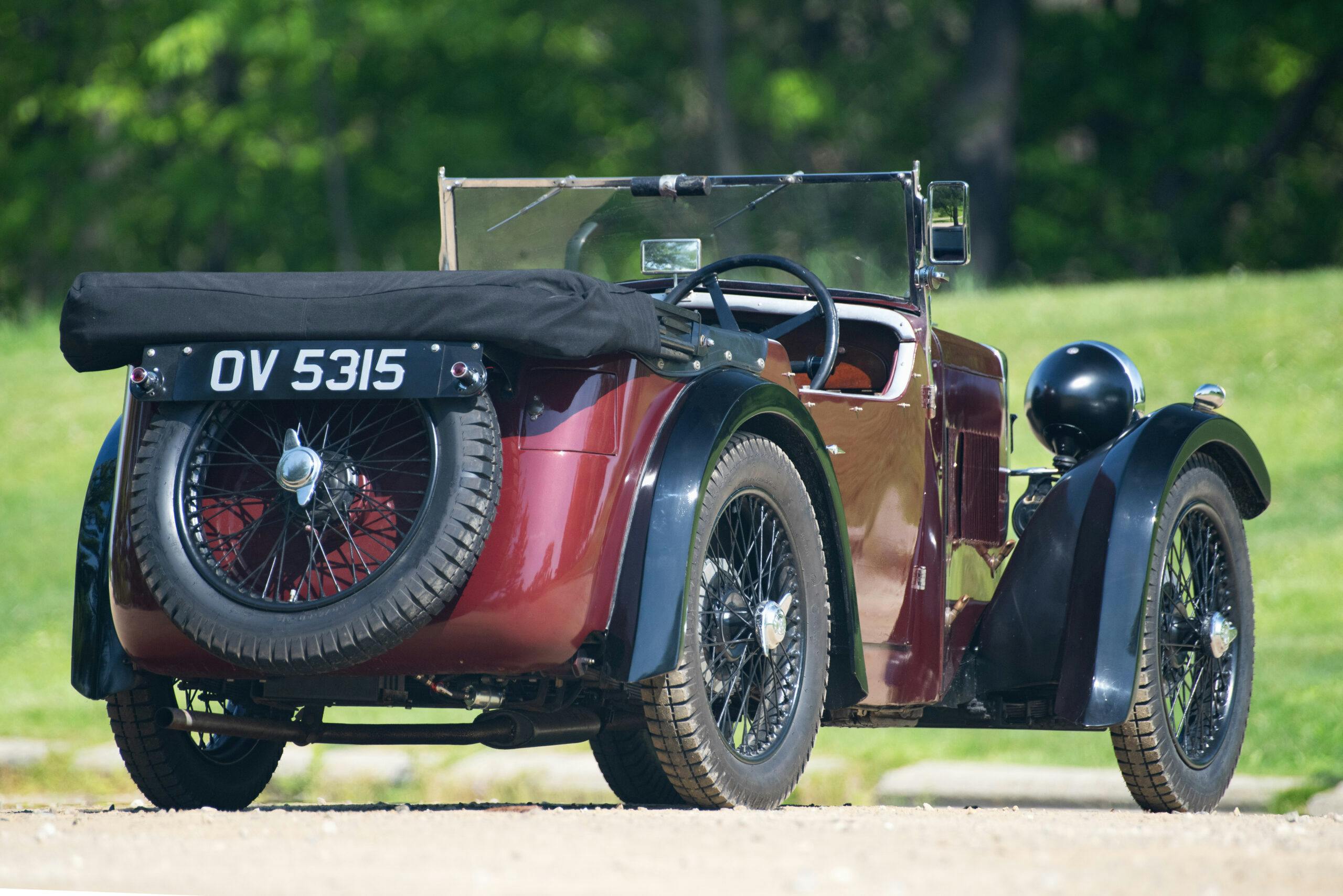

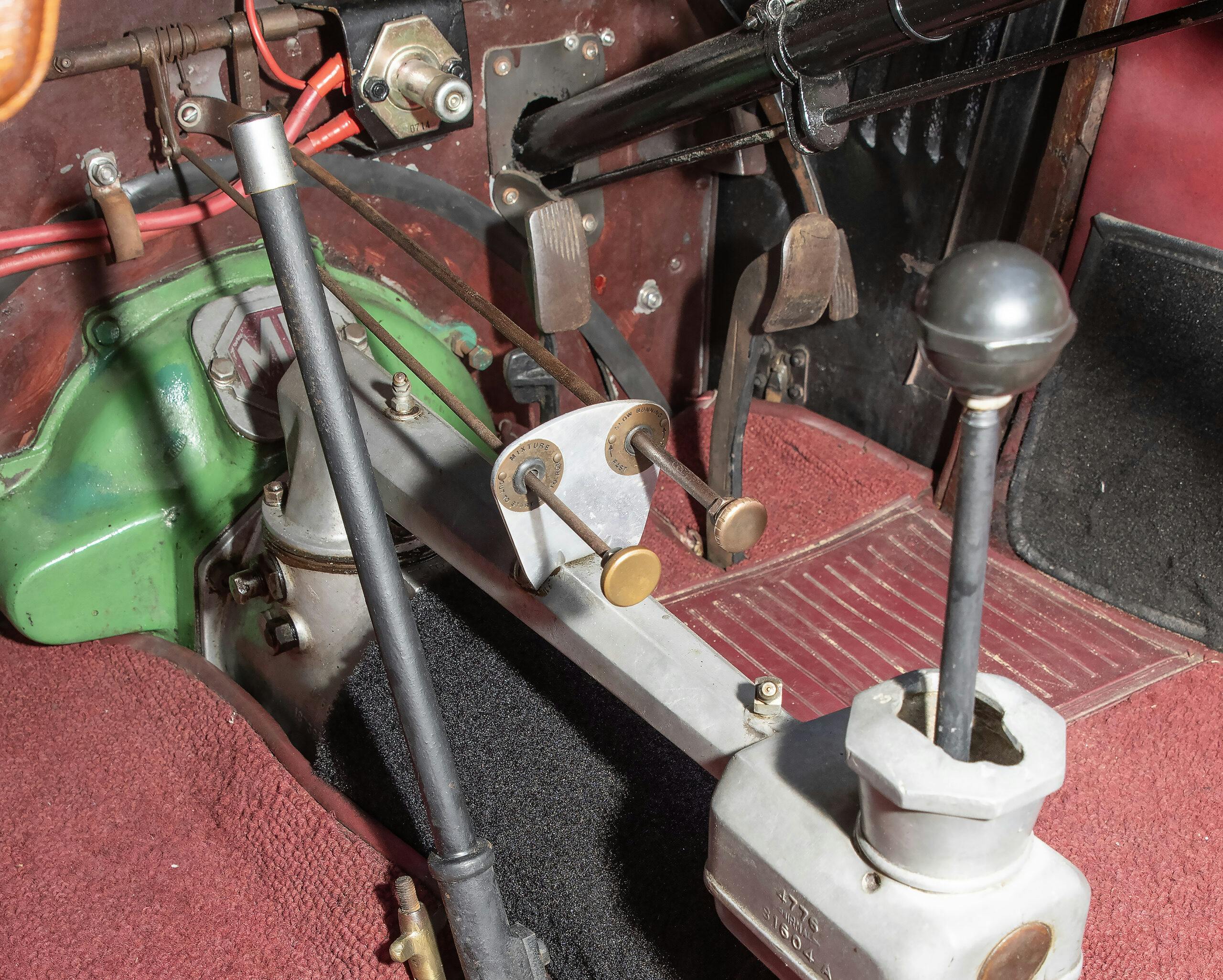
Edwin had been restored in the 1980s, but by the time the Klemmers brought him to their century-old garage in Michigan, he was a bit of a mess. Wires had been cut and signs of neglect were prominent. But the wooden frame was intact (Ken doesn’t think the body has ever been off the frame). The four-cylinder engine barely ran, and it was covered with oil that hid mismatched paint. Fortunately, Ken is both a historian and a skilled mechanic and he soon had that little engine ticking over reliably.
Little is an apt description of the powerplant in an early MG Midget. The four-pot displaces only 847 cc and delivers a whopping 27 horsepower at 4500 rpm. First used by MG in the M-Type and borrowed from the 1928 Morris Minor and Wolseley 10, the engine is not without sophistication, featuring valves in the head and an overhead camshaft.


Although Edwin is only the second D-Type built, it is equipped with the later, four-speed gearbox. (The car was originally built with a non-synchromesh three-speed.) Ken believes the four-speed may have been swapped in early on to make the car more competitive in hill-climb competitions.
Edwin accelerates with a wee bit of urgency, thanks at least in part to a stout 4.89:1 rear axle ratio, but he soon runs out of steam in high gear, where the engine just isn’t torquey enough to propel the 1484-pound car beyond about 45 mph. The mill’s lack of high-end oomph is due at least in part to a minimal compression ratio of 5.4:1. We can thank the low-octane gasoline of the early ’30s for that lack of power-enhancing compression.
On our way back from the photo shoot, Ken urged Edwin to a speed of 43 mph. Not exactly race-ready, but plenty fast enough to putt around Greenfield Village. You can be sure that Ken, Melody, and Edwin will be there and looking good on September 7.
***
Check out the Hagerty Media homepage so you don’t miss a single story, or better yet, bookmark it. To get our best stories delivered right to your inbox, subscribe to our newsletters.
























